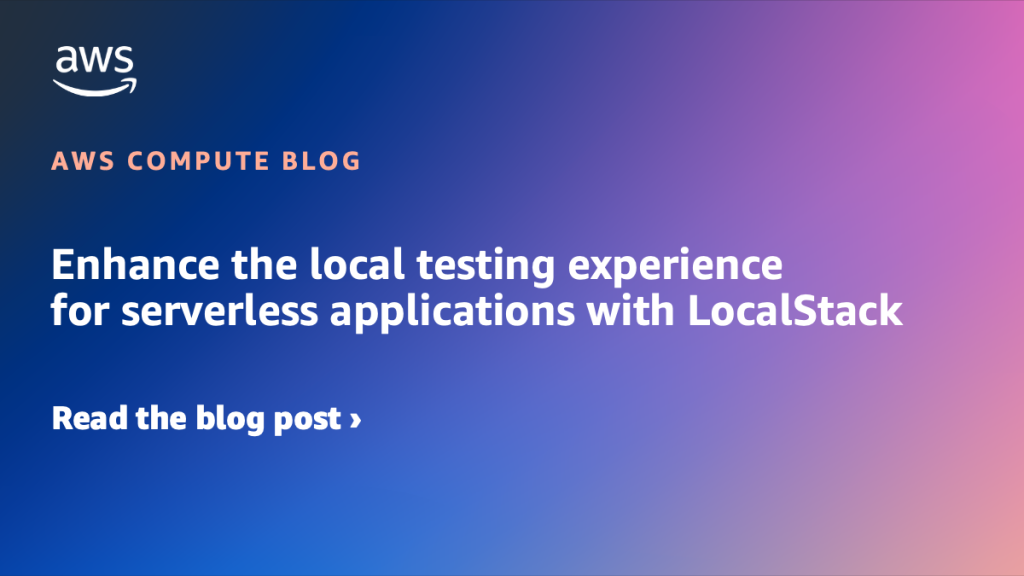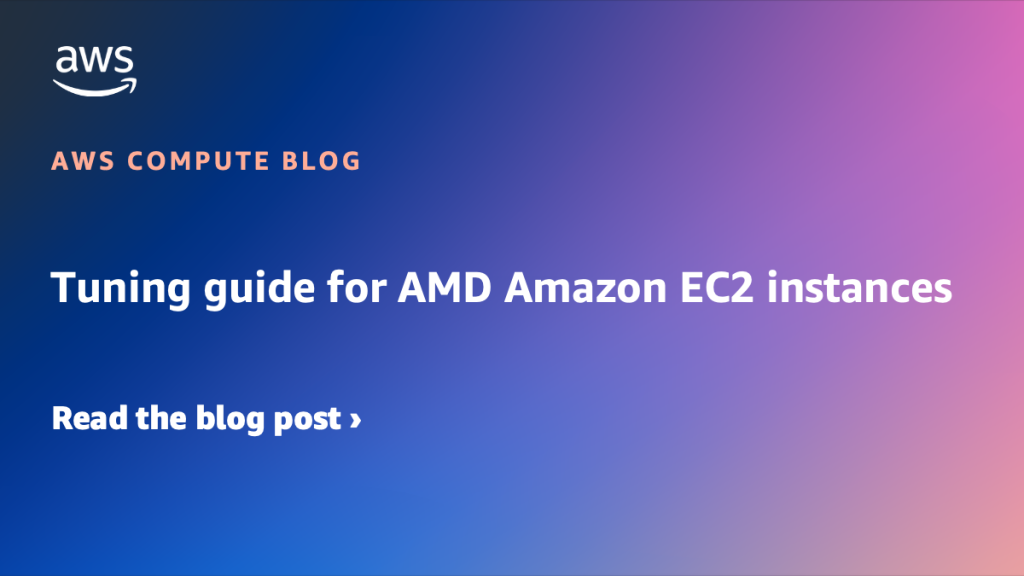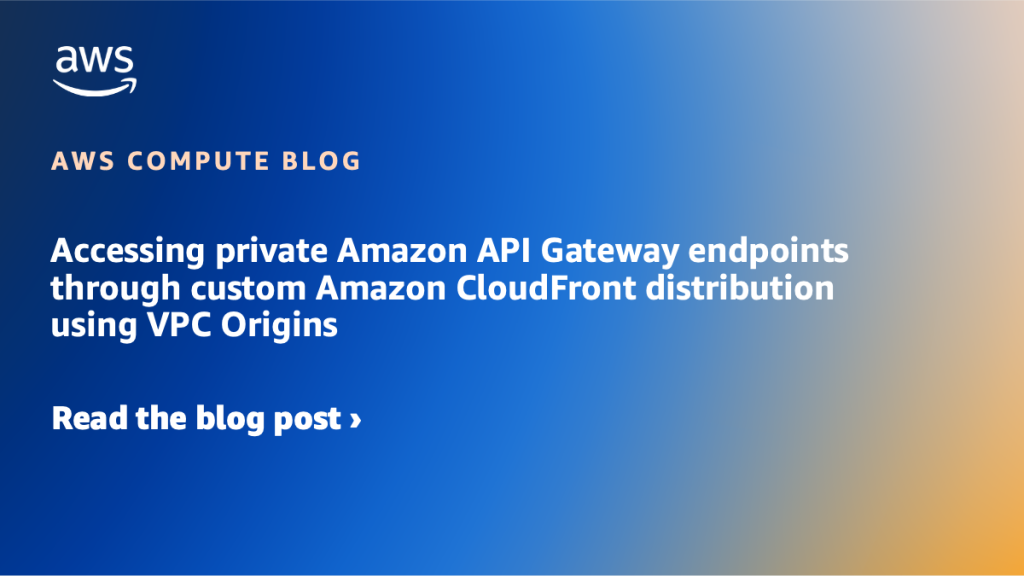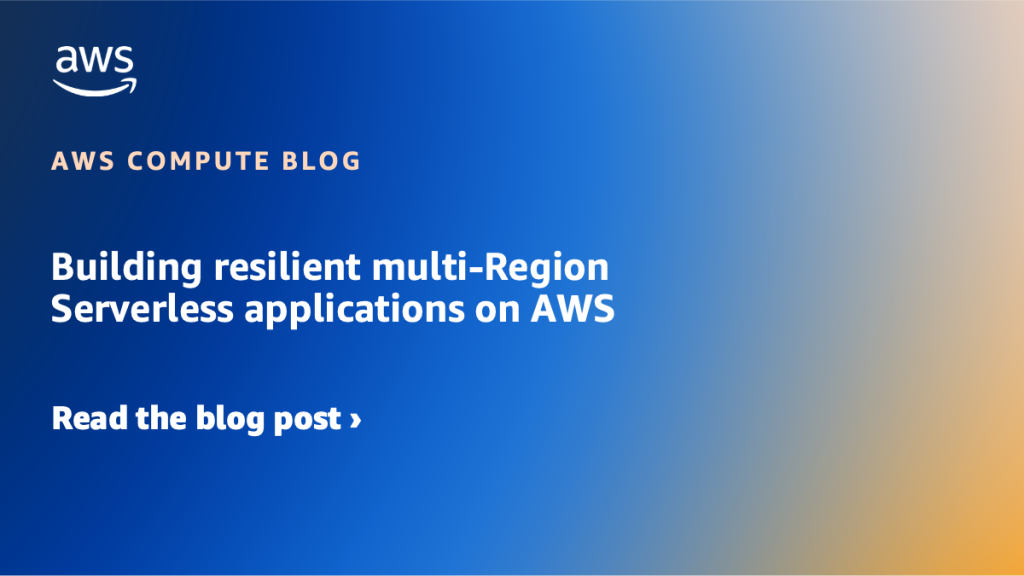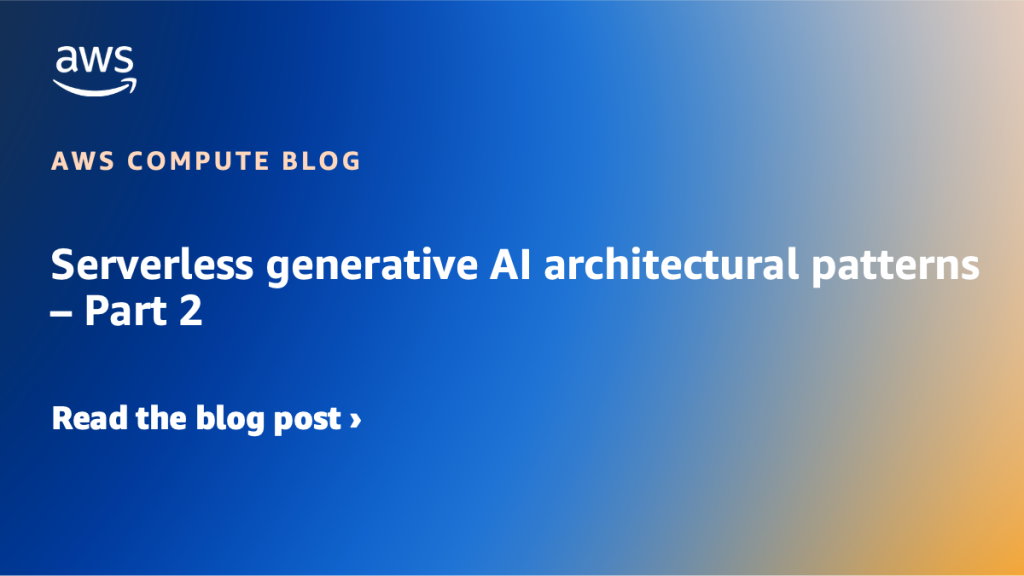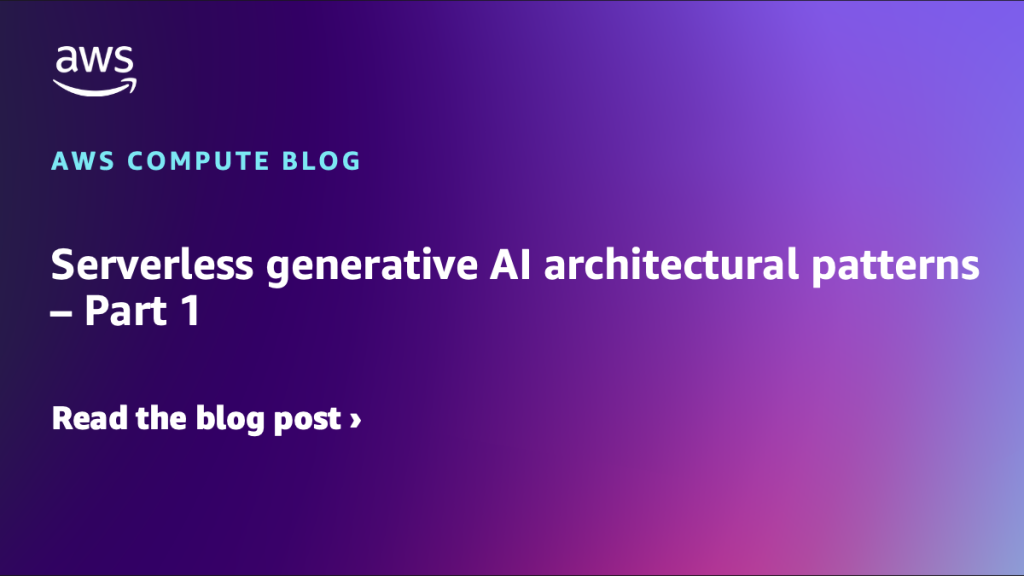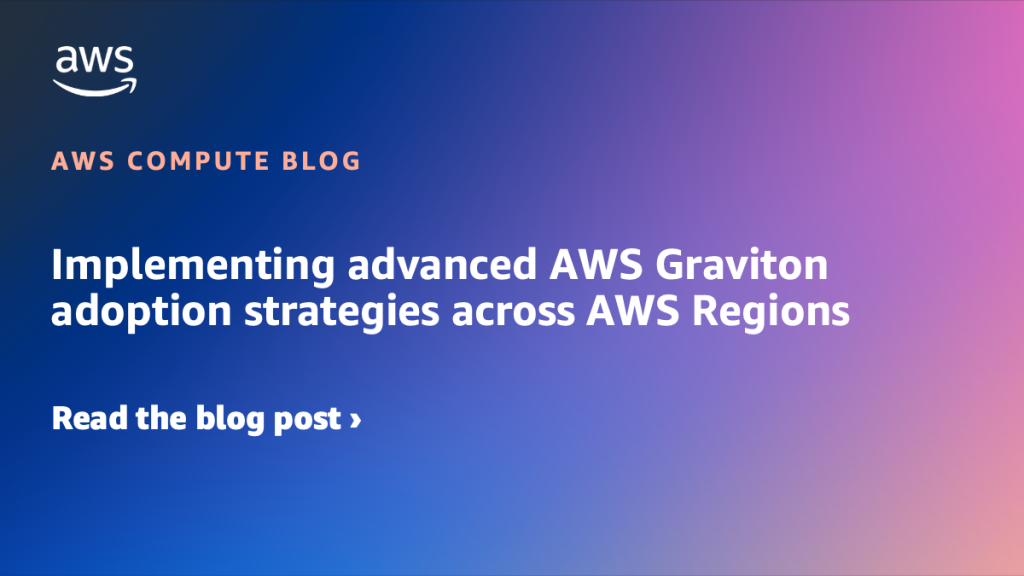AWS Compute Blog
Category: Learning Levels
How to export to Amazon S3 Tables by using AWS Step Functions Distributed Map
In this post, we show how to use Step Functions Distributed Map to process Amazon S3 objects and export results to Amazon S3 Tables, creating a scalable and maintainable data processing pipeline.
Enhance the local testing experience for serverless applications with LocalStack
Today, we’re excited to announce new capabilities that further simplify the local testing experience for Lambda functions and serverless applications through integration with LocalStack, an AWS Partner, in the AWS Toolkit for Visual Studio Code. In this post, we will show you how you can enhance your local testing experience for serverless applications with LocalStack using AWS Toolkit.
Tuning guide for AMD Amazon EC2 instances
Amazon EC2 offers AMD-based instances built on multiple generations of AMD EPYC processors. This post focuses on optimization strategies for the 3rd and 4th generation families, which provide enhanced capabilities for compute and memory-intensive workloads.
DISA STIG for Amazon Linux 2023 is now available
Today, we announce the availability of a Security Technical Implementation Guide (STIG) for Amazon Linux 2023 (AL2023), developed through collaboration between Amazon Web Services (AWS) and the Defense Information Systems Agency (DISA). The STIG guidelines are important for U.S Department of Defense (DOD) and Federal customers needing strict security compliance derived from the National Institute […]
Accelerating local serverless development with console to IDE and remote debugging for AWS Lambda
Delightful developer experience is an important part of building serverless applications efficiently, whether you’re creating an automation script or developing a complex enterprise application. While AWS Lambda has transformed modern application development in the cloud with its serverless computing model, developers spend significant time working in their local environments. They rely on familiar IDEs, debugging […]
Accessing private Amazon API Gateway endpoints through custom Amazon CloudFront distribution using VPC Origins
This post demonstrates how you can connect CloudFront with a Private REST API in Amazon REST API Gateway using a VPC origin.
Building resilient multi-Region Serverless applications on AWS
This post presents architectural best practices for building resilient serverless applications, demonstrated through a multi-Region serverless authorizer implementation.
Serverless generative AI architectural patterns – Part 2
This post explores two complementary approaches for non-real-time scenarios: buffered asynchronous processing for time-intensive individual requests, and batch processing for scheduled or event-driven workflows.
Serverless generative AI architectural patterns – Part 1
This two-part series explores the different architectural patterns, best practices, code implementations, and design considerations essential for successfully integrating generative AI solutions into both new and existing applications. In this post, we focus on patterns applicable for architecting real-time generative AI applications.
Implementing advanced AWS Graviton adoption strategies across AWS Regions
When expanding your Graviton deployment across multiple AWS Regions, careful planning helps you navigate considerations around regional instance type availability and capacity optimization. This post shows how to implement advanced configuration strategies for Graviton-enabled EC2 Auto Scaling groups across multiple Regions, helping you maximize instance availability, reduce costs, and maintain consistent application performance even in AWS Regions with limited Graviton instance type availability.

